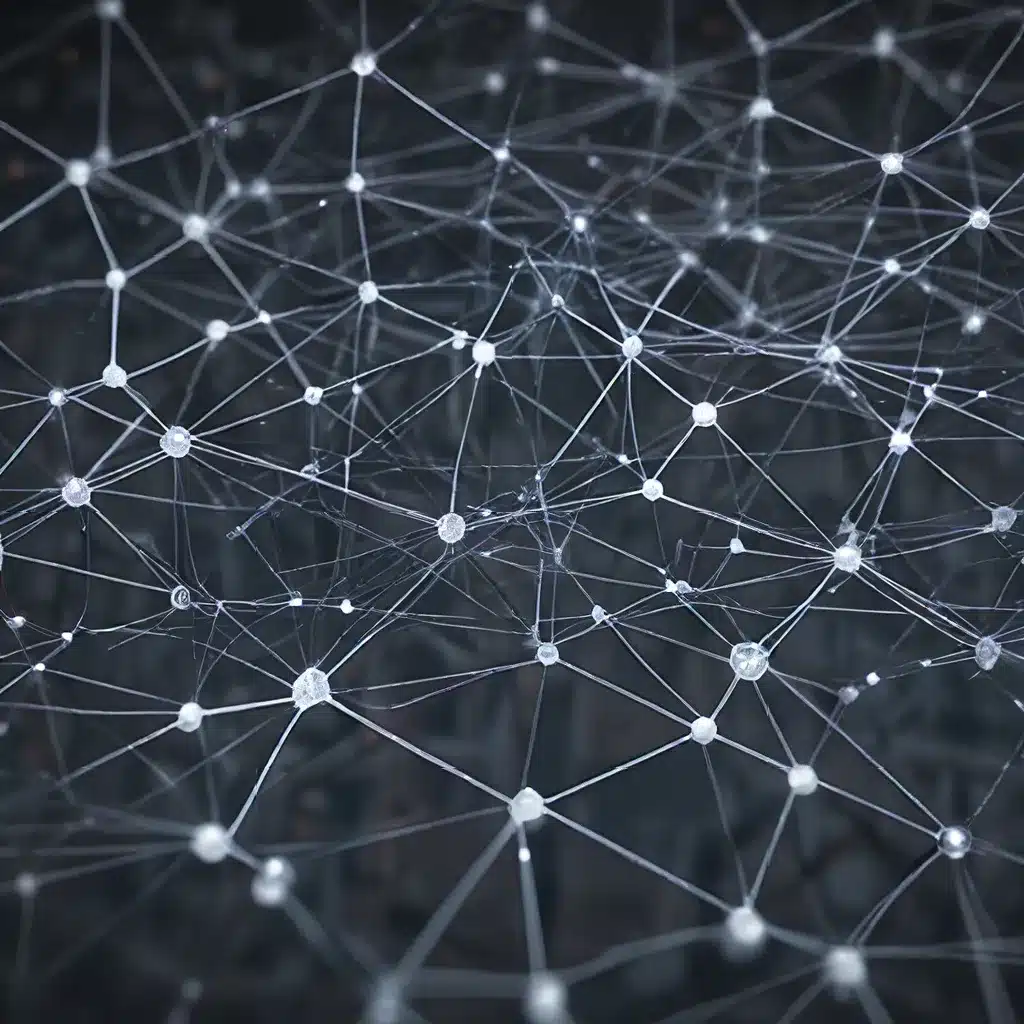
The Rise of Sensor Networks and IoT Ecosystems
In the rapidly evolving landscape of technology, sensor networks and the Internet of Things (IoT) have emerged as transformative forces, revolutionizing how we interact with and understand the world around us. These interconnected systems of sensors, devices, and data-driven applications have the power to unlock unprecedented insights, optimizing processes and enhancing our quality of life.
As the proliferation of sensor networks and IoT accelerates, the need for scalable, collaborative approaches to system design and algorithm development has become increasingly critical. Addressing the challenges of scalability, energy efficiency, security, and interoperability is essential to unlocking the full potential of these transformative technologies.
Distributed Algorithms: The Bedrock of Sensor Network Coordination
At the heart of sensor network and IoT solutions lie distributed algorithms – the intricate, decentralized processes that enable these systems to function seamlessly. Unlike centralized control systems, distributed algorithms empower sensor nodes to make autonomous decisions, communicate with one another, and collectively optimize the network’s performance.
Research from the Arizona State University Automation and Controls Lab has demonstrated the power of potential field-based distributed algorithms in the context of mobile sensor network deployment. By leveraging repulsive and attractive forces between sensor nodes, these algorithms can dynamically adapt the network’s topology to ensure optimal coverage, energy efficiency, and connectivity.
Similarly, consensus-driven distributed algorithms have emerged as a crucial tool for enabling collaborative decision-making among sensor nodes. These algorithms allow the network to reach a shared understanding on critical parameters, such as data aggregation, sensor calibration, and fault detection, without the need for a central coordinator.
Scalable Sensor Network Design: Addressing the Challenges
As sensor networks and IoT ecosystems continue to grow in scale and complexity, the challenges of scalability, energy management, and security have become increasingly pressing. Distributed algorithms offer promising solutions to these challenges, empowering sensor networks to adapt and evolve in response to changing conditions.
Scalability and Adaptive Topologies
Scalable sensor network design is essential for supporting the exponential growth of IoT devices and applications. Distributed algorithms can facilitate the dynamic reconfiguration of network topologies, allowing sensor nodes to autonomously adjust their connectivity and data-sharing strategies based on factors such as node density, resource constraints, and environmental conditions.
Research published in the journal Neurocomputing highlights the use of self-organizing maps and genetic algorithms to optimize sensor network topologies, balancing factors like coverage, connectivity, and energy usage. By embracing these distributed, adaptive approaches, sensor networks can scale to accommodate the increasing demands of IoT ecosystems without sacrificing performance or reliability.
Energy-Efficient Design and Management
Energy management is a critical consideration in sensor network design, as sensor nodes often operate on limited battery power or energy-harvesting capabilities. Distributed algorithms can play a pivotal role in optimizing energy consumption by dynamically managing tasks like data aggregation, transmission, and node sleep/wake cycles.
A study published in the journal Sensors demonstrates the use of distributed consensus algorithms to coordinate sensor node energy levels, enabling the network to collectively extend its operational lifetime and respond to changes in energy availability. By distributing the decision-making and control mechanisms, these algorithms ensure that the entire sensor network operates in an energy-efficient manner, maximizing the utilization of limited resources.
Security and Resilience in Sensor Networks
As sensor networks and IoT systems become increasingly ubiquitous, the importance of security and resilience cannot be overstated. Distributed algorithms can contribute to robust security measures by enabling decentralized authentication, data encryption, and anomaly detection.
Leveraging consensus-based approaches, sensor nodes can validate the integrity of data and transactions without relying on a central authority. This distributes the trust and responsibility across the network, making it more resilient to attacks and failures. Moreover, distributed anomaly detection algorithms can identify and respond to potential threats, such as unauthorized access or malicious sensor node behavior, in a collaborative and scalable manner.
Unlocking the Full Potential of Sensor Networks and IoT
The future of sensor networks and IoT holds immense promise, with applications spanning industries, infrastructure, and everyday life. By embracing distributed algorithms and collaborative approaches to system design, sensor network developers and IoT engineers can create scalable, energy-efficient, and secure solutions that unlock unprecedented insights and transform the way we interact with the world around us.
As the sensor network and IoT ecosystem on sensor-networks.org continues to evolve, the integration of distributed algorithms will be a critical driver of innovation, enabling sensor networks to adapt, collaborate, and thrive in the ever-changing technological landscape.